Table of content
Stir-fried glass noodles, known as chao fen pi in Chinese, are a beloved dish across Asia, celebrated for their chewy texture, versatility, and ability to absorb flavors. Whether served as a main course, side dish, or street food snack, this recipe combines simple ingredients with precise cooking techniques to create a meal that is both satisfying and visually appealing. This article will guide you through the process of stir-frying glass noodles to perfection, from selecting the right ingredients to mastering the cooking timing and heat control.
Understanding Glass Noodles
Glass noodles, also called cellophane noodles or fen pi, are made from mung bean starch, sweet potato starch, or green pea starch. Unlike wheat-based noodles, they are translucent when cooked and have a neutral flavor, making them ideal for absorbing sauces and spices. Before stir-frying, glass noodles must be soaked in water to soften. This step is critical—over-soaking can lead to mushy noodles, while under-soaking results in a stiff, uneven texture.
Ingredients You’ll Need
To create a balanced stir-fry, gather the following ingredients:
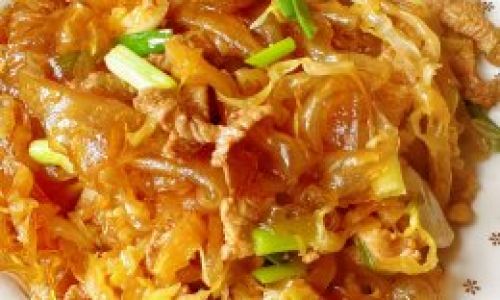
Main Components
- Glass noodles: 150–200 grams (dry weight). Look for brands labeled “stir-fry noodles” or “mung bean threads.”
- Protein: 150–200 grams of your choice (e.g., shrimp, chicken, beef, tofu, or eggs).
- Vegetables: 1 cup each of thinly sliced carrots, bell peppers, cabbage, and scallions. Mushrooms, bean sprouts, or spinach can also be added.
- Aromatics: 3–4 garlic cloves (minced), 1-inch ginger (grated), and 1–2 dried red chilies (optional).
Sauces and Seasonings
- Soy sauce: 2–3 tablespoons (light soy for saltiness, dark soy for color).
- Oyster sauce: 1–2 tablespoons (or vegetarian stir-fry sauce).
- Sesame oil: 1 teaspoon (for aromatic finish).
- Sugar: ½ teaspoon (to balance flavors).
- White pepper: A pinch.
- Cooking oil: 3–4 tablespoons (neutral oil like vegetable or peanut).
Optional Additions
- Shaoxing wine: 1 tablespoon (for depth).
- Chicken broth: 2 tablespoons (to prevent sticking).
- Cilantro or basil: For garnish.
- Roasted peanuts or sesame seeds: For crunch.
Preparation Steps
Soak the Glass Noodles
- Place the dry noodles in a large bowl and cover with boiling water. Let sit for 8–10 minutes (or until pliable but not fully soft).
- Drain and rinse under cold water to stop cooking. Snip the noodles with kitchen shears to prevent clumping.
Prep the Protein and Vegetables
- For meat: Slice into thin strips. Marinate with 1 tablespoon soy sauce, 1 teaspoon cornstarch, and a drizzle of oil for 15 minutes.
- For tofu: Press to remove moisture, then cube and lightly pan-fry until golden.
- For eggs: Whisk 2 eggs with a pinch of salt. Scramble in a pan and set aside.
- Vegetables: Julienne or thinly slice all veggies for even cooking.
Mix the Sauce
In a small bowl, combine:
- 2 tablespoons soy sauce
- 1 tablespoon oyster sauce
- ½ teaspoon sugar
- 1 tablespoon Shaoxing wine (if using)
- 2 tablespoons chicken broth (if using)
Stir until the sugar dissolves.
Cooking Process: Step-by-Step
Heat the Wok
- Place a carbon-steel or cast-iron wok over high heat. Allow it to smoke slightly—this ensures a non-stick surface and sears ingredients quickly.
- Add 2 tablespoons of oil and swirl to coat the wok.
Stir-Fry the Aromatics
- Add garlic, ginger, and dried chilies (if using). Stir-fry for 10–15 seconds until fragrant but not browned.
Cook the Protein
- Add marinated meat or tofu to the wok. Spread into a single layer and let sear for 30 seconds before stirring. Cook until 80% done, then remove and set aside.
Sauté the Vegetables
- Add the harder vegetables first (carrots, bell peppers). Stir-fry for 1–2 minutes, then add softer veggies (cabbage, bean sprouts). Toss vigorously to retain crispness.
Combine Noodles and Sauce
- Push the vegetables to one side of the wok. Add the remaining 1–2 tablespoons of oil, then add the glass noodles.
- Pour the prepared sauce over the noodles. Use tongs to lift and toss the noodles, ensuring they’re evenly coated. Avoid stirring too aggressively to prevent breaking the noodles.
Reintroduce the Protein
- Add the cooked protein (or scrambled eggs) back into the wok. Gently fold everything together.
Finish with Aromatics and Seasoning
- Drizzle sesame oil and sprinkle white pepper. Toss once more.
- Taste and adjust seasoning—add a splash of soy sauce for saltiness or a pinch of sugar for sweetness.
Garnish and Serve
- Transfer to a plate. Top with chopped scallions, cilantro, roasted peanuts, or a squeeze of lime.
Key Tips for Perfect Stir-Fried Glass Noodles
- Heat Control: Maintain high heat throughout cooking to achieve a smoky wok hei flavor. Lower the heat only if ingredients start to burn.
- Avoid Overcrowding: Cook in batches if needed. Overcrowding the wok steams ingredients instead of stir-frying them.
- Noodle Texture: Soak noodles just until pliable—they’ll continue to soften in the wok.
- Sauce Ratio: Adjust the sauce based on the quantity of noodles. Too much liquid makes the dish soggy; too little leaves it dry.
- Protein Prep: Marinating meat ensures tenderness, while tofu benefits from pan-frying to prevent crumbling.
Common Mistakes and How to Fix Them
- Sticky Noodles: Rinse soaked noodles under cold water and toss with a drizzle of oil before cooking.
- Mushy Vegetables: Add softer veggies later in the process to preserve their crunch.
- Bland Flavor: Enhance with umami-rich ingredients like mushrooms, fermented black beans, or a splash of fish sauce.
- Uneven Cooking: Prep all ingredients beforehand and have them within arm’s reach—stir-frying happens quickly!
Variations to Explore
- Spicy Sichuan Style: Add doubanjiang (chili bean paste) and Sichuan peppercorns.
- Korean Japchae: Use sweet potato noodles, spinach, and a soy-sugar-sesame sauce.
- Thai Pad Woon Sen: Include curry powder, fish sauce, and lime juice.
- Vegetarian Delight: Substitute protein with extra vegetables and crispy fried tofu.
Serving Suggestions
Stir-fried glass noodles pair well with:
- Steamed jasmine rice or quinoa.
- Pickled vegetables (e.g., daikon or cucumber).
- Spring rolls or dumplings.
- A side of chili oil or Sriracha for heat.
The Cultural Significance of 炒粉皮
In many Asian cultures, stir-fried noodles symbolize prosperity and longevity, making them a staple at celebrations. The dish’s adaptability reflects regional tastes—from the savory-sweet flavors of Cantonese-style chao fen pi to the spicy kick of Sichuan variations. Whether enjoyed at a bustling night market or a family dinner table, this dish embodies the art of balancing textures and flavors.
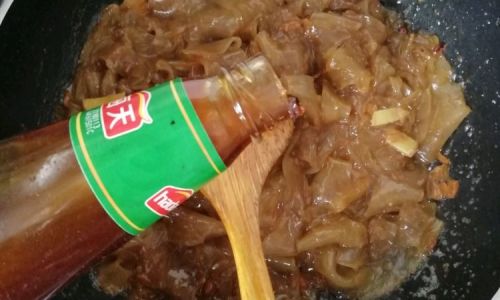
Conclusion
Mastering the stir-fry of glass noodles is a journey of precision and creativity. By understanding the nuances of heat, timing, and ingredient pairing, you can transform simple components into a restaurant-quality meal. Experiment with proteins, vegetables, and sauces to make the dish your own. Remember, practice makes perfect—so grab your wok, heat the flame, and let the sizzle begin!

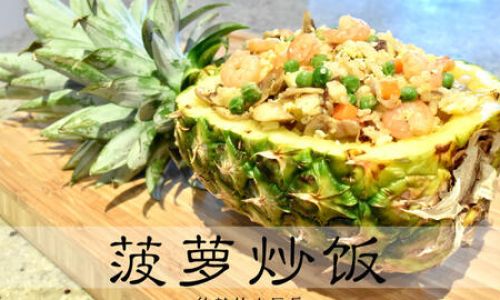
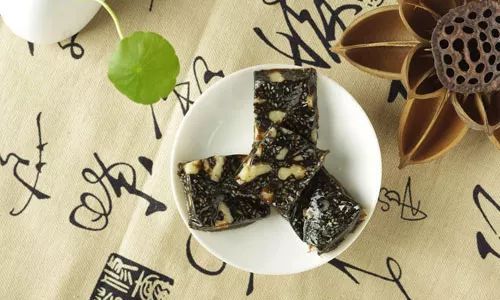
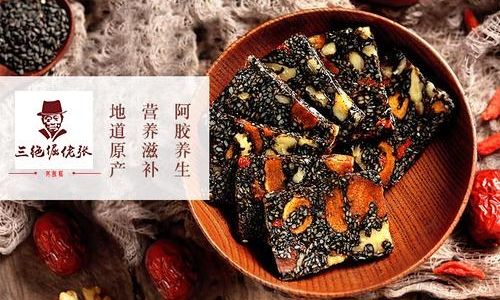
0 comments